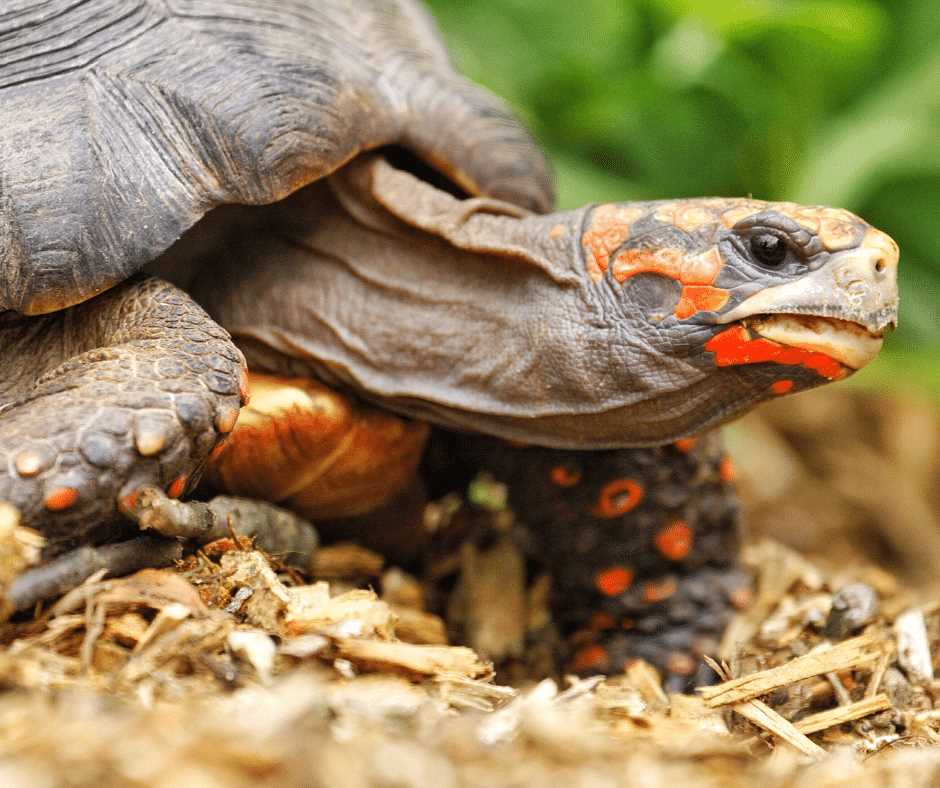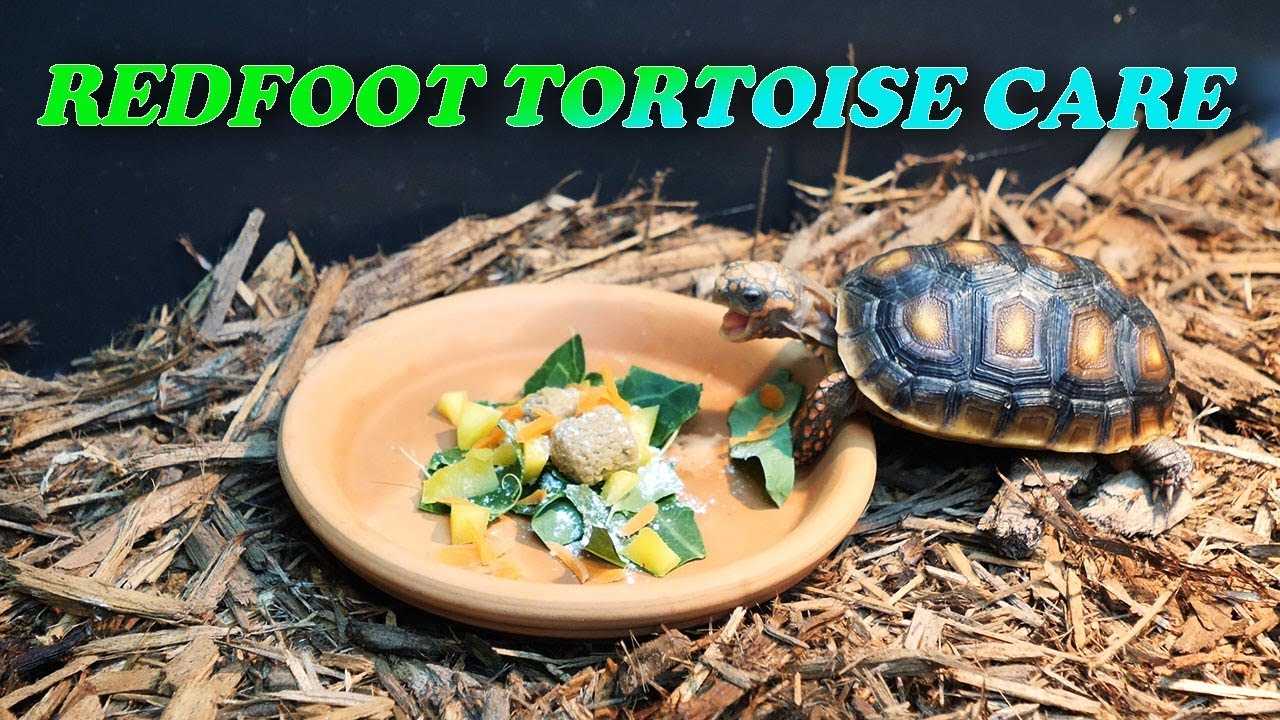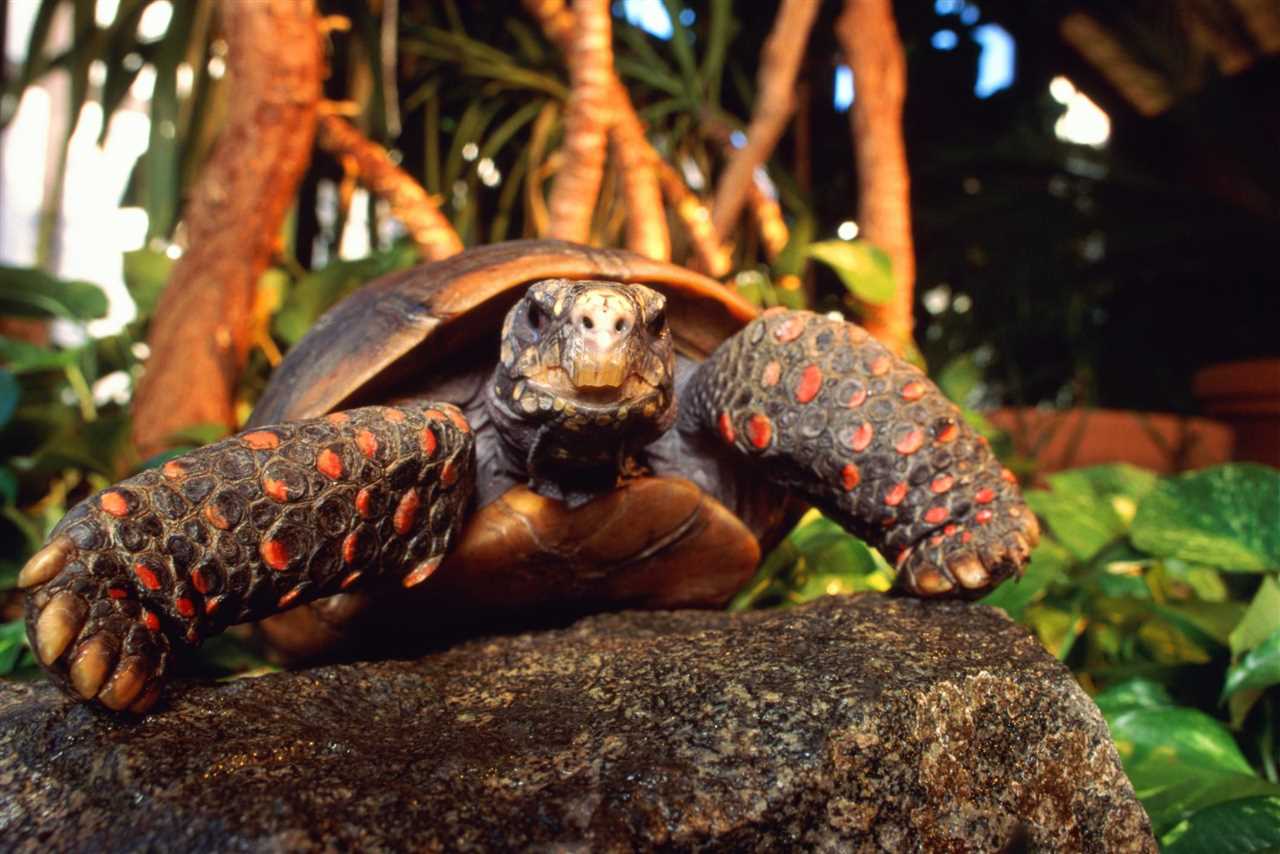Proper enclosure and habitat are essential for the overall health of your red-footed tortoise. They require a spacious terrarium or outdoor enclosure with enough room to roam and explore. The enclosure should have a substrate that allows for digging, such as coconut coir or cypress mulch. Providing hiding spots, such as rocks or hollow logs, will also help them feel secure. Additionally, a heat lamp and UVB light should be provided to mimic their natural habitat and allow for proper digestion and calcium absorption.
Regular veterinary check-ups are crucial to ensure the well-being of your red-footed tortoise. Find a reptile veterinarian experienced in treating tortoises and schedule regular check-ups to monitor their health. During these visits, the vet can perform examinations, check for signs of illness, and provide any necessary vaccinations or treatments. Regular check-ups can help detect and address any health issues early on, increasing the chances of a successful treatment.
Tips for Creating a Suitable Habitat for the Red Footed Tortoise
1. Temperature and Lighting:
Red-footed tortoises are native to the tropical rainforests of South America, so it’s crucial to maintain a warm and humid environment. The ideal temperature range for a red-footed tortoise is between 75°F and 85°F (24°C and 29°C) during the day, with a slight drop at night.
2. Enclosure Size and Design:
The size of the enclosure will depend on the size of your tortoise. As a general rule, allow at least 10 square feet of floor space for an adult red-footed tortoise. The enclosure should also be secure to prevent escapes and protect the tortoise from predators.
It’s recommended to use a solid-sided enclosure to provide privacy and security for the tortoise. A substrate of organic topsoil or cypress mulch can be used to create a naturalistic environment for the tortoise to burrow and explore. Provide plenty of hiding spots, branches, and rocks for the tortoise to climb on and bask.
3. Humidity and Water Source:
Red-footed tortoises require high humidity levels. Maintain a humidity level of at least 70% in the enclosure by misting the substrate and the tortoise with water daily. A large, shallow water dish should be provided for bathing and drinking. Ensure that the water is clean and changed regularly to prevent bacteria growth.
4. Diet and Feeding:
5. Environmental Enrichment:
Red-footed tortoises are curious creatures and require environmental enrichment to keep them mentally stimulated. Provide different types of vegetation and objects to explore, such as branches, rocks, and logs. You can also vary the layout of the enclosure periodically to prevent boredom.
Feeding the Red Footed Tortoise
Proper feeding is essential for the care of a red-footed tortoise. These reptiles have specific dietary needs that must be met to ensure their health and well-being.
It’s crucial to avoid feeding the tortoise foods that are toxic to them. This includes avocado, rhubarb, and certain types of mushrooms. It’s also important to note that while lettuce can be fed to a red-footed tortoise, it should be limited as it doesn’t provide as much nutritional value as other greens.
Another aspect of feeding a red-footed tortoise is to consider their feeding habits. These reptiles are primarily herbivores but can also consume some animal protein. Providing occasional insects like mealworms or crickets can help meet their protein requirements. However, this should be done sparingly and should never make up the majority of their diet.
In summary, feeding a red-footed tortoise requires careful consideration of their dietary needs. Providing a varied and nutritious diet, including a mix of fruits, vegetables, leafy greens, and occasional insects, is essential for their health and well-being. Additionally, ensuring proper digestion and maintaining a clean feeding area are necessary steps in caring for a red-footed tortoise.
Maintaining Proper Hydration for a Red Footed Tortoise

Proper hydration is essential for the overall health and well-being of a red-footed tortoise. These tortoises originate from tropical and subtropical regions and are accustomed to high humidity levels in their natural habitat. As a responsible pet owner, it is crucial to provide the adequate amount of water to keep your red-footed tortoise properly hydrated.
Water Bowl
Misting
In addition to the water bowl, misting the enclosure with clean water is another effective method to maintain humidity levels and provide hydration. Use a spray bottle to mist the enclosure, focusing on the area where the tortoise spends most of its time. The tortoise will often drink water droplets from its skin, shell, and the surrounding environment.
Soaking
Regular soaking is beneficial for the red-footed tortoise, as it allows them to absorb water through their vent. Prepare a shallow container or basin filled with lukewarm water, ensuring that the water level is not higher than the tortoise’s shell. Allow the tortoise to soak in the water for 15-20 minutes, at least once or twice a week.
Tip: Soaking the tortoise in water can also help with the hydration and shedding process. It softens the skin, making it easier for the tortoise to shed its old skin.
Remember, proper hydration is essential for the footed red tortoise’s overall health and well-being. By providing a water bowl, misting the enclosure, and regular soaking, you can ensure that your red-footed tortoise stays properly hydrated and thrives in its environment.
Creating a Balanced Diet for a Red Footed Tortoise

A balanced diet is essential for the overall health and well-being of a red footed tortoise. Providing a variety of nutrient-rich foods will help ensure that the tortoise receives all the necessary vitamins and minerals.
1. Variety of Vegetables

Include a variety of vegetables in the tortoise’s diet, such as dark leafy greens (kale, collard greens, dandelion greens), carrots, bell peppers, and squash. These vegetables provide essential vitamins and minerals like calcium and vitamin A.
2. Fresh Fruits
3. Protein-Rich Foods
Red footed tortoises also require a source of protein in their diet. Offer small amounts of animal protein, such as boiled eggs or cooked chicken, once or twice a month. Insects like mealworms and crickets can also be provided as an occasional treat.
4. Calcium and Vitamin D3 Supplementation
Red footed tortoises need adequate amounts of calcium for healthy shell development and vitamin D3 for calcium absorption. Dust the tortoise’s food with a reptile-specific calcium supplement that contains vitamin D3 at least once a week.
5. Avoid Toxic Foods
Some foods can be toxic or harmful to red footed tortoises. Avoid feeding them foods like avocado, rhubarb, cabbage, and onions. These foods can cause digestive issues or be toxic to reptiles.
6. Fresh Water
Provide fresh, clean water in a shallow dish for the tortoise to drink and soak in. The water should be changed regularly to prevent bacterial growth.
| Vegetables | Fruits | Protein |
|---|---|---|
| Dark leafy greens (kale, collard greens, dandelion greens) | Strawberries | Boiled eggs |
| Carrots | Papaya | Cooked chicken |
| Bell peppers | Apples | Mealworms |
| Squash | Crickets |
Keeping the Red Footed Tortoise Active and Engaged
1. Create a spacious enclosure
Red-footed tortoises require ample space to move around and explore. Ensure that their enclosure is big enough to accommodate their size and allows for easy movement. Adding rocks, logs, and plants can create a stimulating environment for them to explore.
2. Provide opportunities for exercise
Encourage your tortoise to exercise by adding items such as ramps, tunnels, and obstacles in their enclosure. These will provide them with opportunities to navigate and climb, mimicking their natural habitat. Make sure these additions are safe and secure to prevent any injuries.
3. Offer a variety of hiding spots
Tortoises enjoy having hiding spots where they can retreat to when they feel stressed or want to rest. Place a few hides in their enclosure, such as half logs or small caves, to provide them with a sense of security.
4. Stimulate their sense of smell
Red-footed tortoises have a keen sense of smell. You can stimulate this sense by placing different types of food in various parts of their enclosure. This will encourage them to explore and locate their meals, keeping them active and engaged.
5. Provide opportunities for social interaction
Tortoises are social creatures and can benefit from social interaction, even if it is with their human caretaker. Spend time with your tortoise, allowing them to walk around or simply observing them. This will provide mental stimulation for your pet and promote a bond between you.
By following these tips, you can ensure that your red-footed tortoise stays active, engaged, and happy. Remember to always monitor their behavior and adjust their environment as needed to provide optimal care.

I’m Lena Adams—a product of an unconventional upbringing in the African wilderness. My father, a daring explorer of African wildlife, sparked my fascination with reptiles, a passion that intertwined with the tragic loss of my mother during an expedition, leaving an indelible mark on my life. Driven to understand the creatures that captivated my parents, I embarked on my journey, sharing insights about reptiles, frogs, and lizards on my website. Through my explorations and conservation efforts, I honour my family’s legacy while seeking connections—to the creatures, nature, and the mother whose presence I yearn to understand.
